In the realm of textile arts, few practices carry the cultural weight and geometric complexity of patchwork. Far from being a mere thrifty recycling of fabric scraps, patchwork has evolved into a sophisticated language of spatial relationships—a topological exploration where every stitched seam traces invisible connections across dimensions. The exhibition "Patchwork Topology: Multidimensional Maps of Stitched Fragments" at the Museum of Decorative Arts challenges viewers to reconsider cloth assemblages as navigational tools for alternate realities.
The curatorial premise dismantles conventional hierarchies between craft and mathematics. What appears as a humble quilt square reveals itself upon closer inspection as a coded matrix—a tessellated plane where fabric choices negotiate cultural memory and Euclidean precision. The exhibition’s centerpiece, a suspended installation titled "Boro Event Horizon", demonstrates this principle through cascading indigo fragments that distort perspective like a gravitational lens. Visitors report experiencing vertigo when standing beneath its undulating geometry, as if the work warps the gallery’s spatial coordinates.
Historical context grounds these speculative explorations. The show dedicates an entire gallery to 19th-century mourning quilts from Pennsylvania, their somber palettes belying radical geometric experiments. One particularly striking example—the "Hexagram of Sorrow" (c. 1873)—arranges nearly 1,200 fabric triangles into a non-repeating pattern that anticipates Penrose tiling by nearly a century. Conservationists discovered mathematical notations penciled along its seams, suggesting the quilter worked with an intuitive understanding of aperiodic tessellation.
Contemporary practitioners push these boundaries further. Artist-in-residence Yuki Tanaka employs augmented reality to "unfold" traditional sashiko patterns into four-dimensional hypercubes. Viewers using the museum’s AR visors witness how a simple running stitch can conceptually bind separate spacetime continua. Meanwhile, the collaborative piece "Stitch-Welded Planck Lengths" translates quantum foam fluctuations into embroidered French knots, each microscopic bump representing a theoretical pixel of the universe’s fabric.
The exhibition’s most provocative claim emerges in its final corridor: that patchwork methodology may hold keys to unifying general relativity with quantum mechanics. A wall-sized infographic compares the "darning" of spacetime in loop quantum gravity theories with the actual darning techniques displayed in 18th-century darned netting samplers. The parallel proves unsettlingly precise—both systems rely on discrete, finite units to repair continuity in a fractured medium.
Critics remain divided. While scientific journals praise the show’s interdisciplinary daring, traditional textile societies protest what they see as the "dehumanization of craft." This tension surfaces most visibly in the interactive "Quilted Mobius" station, where visitors attempt to stitch a fabric strip into the famous one-sided surface. The resulting frustration—threads tangling, needles slipping—becomes an unintentional metaphor for the exhibition’s core struggle: reconciling tactile tradition with theoretical abstraction.
As attendance records shatter, the museum has extended viewing hours into the early morning. Nighttime visitors describe peculiar phenomena—certain quilts appear to glow faintly under low lighting, their seams tracing what astrophysicists identify as Fibonacci-based constellations. Whether optical illusion or something stranger, these reports reinforce the exhibition’s central thesis: that every act of stitching, however humble, charts unseen dimensions.
The accompanying catalogue (available in both cloth-bound and quantum-encrypted editions) includes essays by topologists, art historians, and a particularly revelatory contribution from a NASA engineer specializing in solar sail deployment. Her analysis of 19th-century prairie point folds as proto-origami space structures suggests that the domestic sewing circle may have unknowingly pioneered spacecraft propulsion design.
Educational programs have expanded to include weekend workshops on hyperbolic crochet and lectures about the topological properties of selvedges. A youth initiative called "String Theory for Stitchers" has elementary school students mapping wormholes using perle cotton and embroidery hoops. The resulting creations, displayed in the museum’s community gallery, resemble navigational charts for imaginary cosmos.
As the exhibition prepares for its international tour (with site-specific adaptations planned for venues in Kyoto, Oslo, and Cape Canaveral), scholars debate whether to classify patchwork as an art form, science, or entirely new disciplinary category. The museum director’s closing remark at a recent press conference lingers: "We’ve spent centuries viewing quilts as flat artifacts. Now we must learn to read them as volumetric equations."
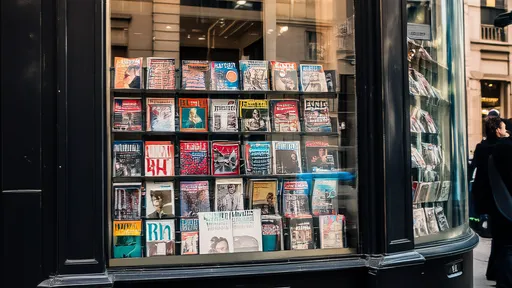
By /Aug 8, 2025
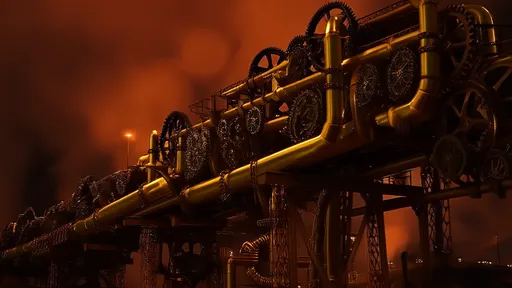
By /Aug 8, 2025
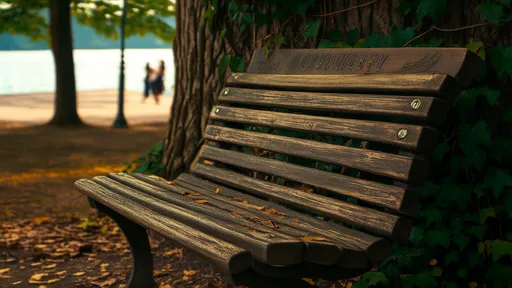
By /Aug 8, 2025
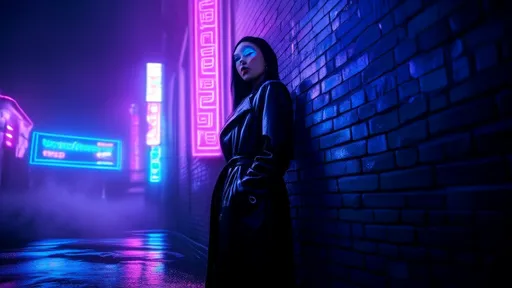
By /Aug 8, 2025
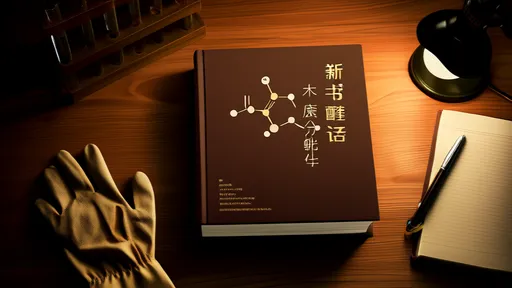
By /Aug 8, 2025
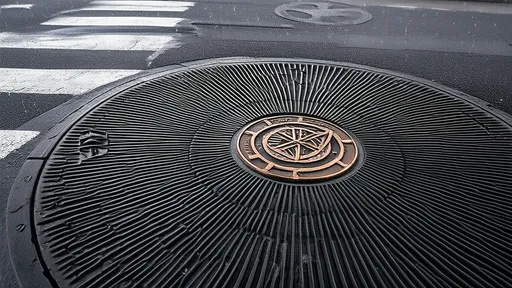
By /Aug 8, 2025

By /Aug 8, 2025

By /Aug 8, 2025
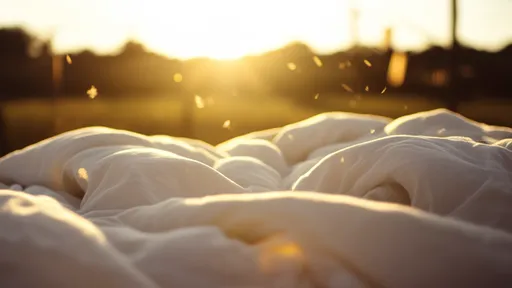
By /Aug 8, 2025

By /Aug 8, 2025
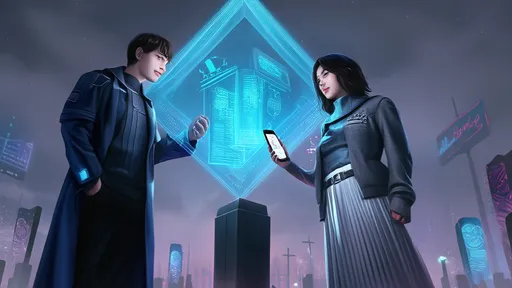
By /Aug 8, 2025
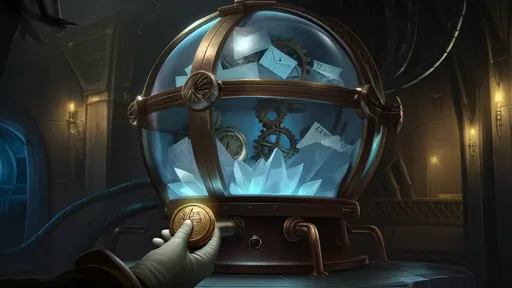
By /Aug 8, 2025

By /Aug 8, 2025
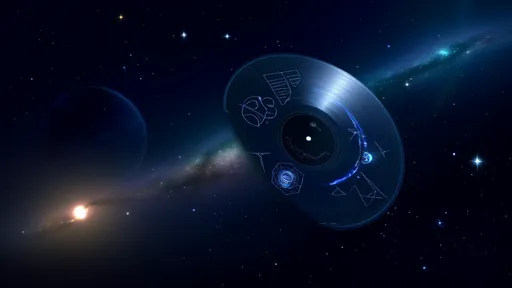
By /Aug 8, 2025

By /Aug 8, 2025

By /Aug 8, 2025
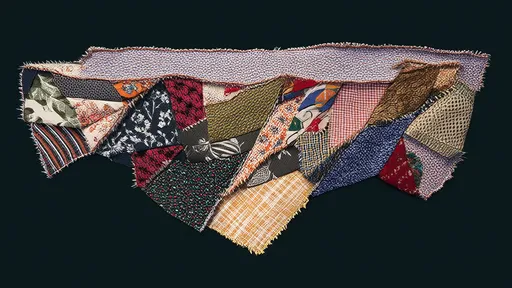
By /Aug 8, 2025
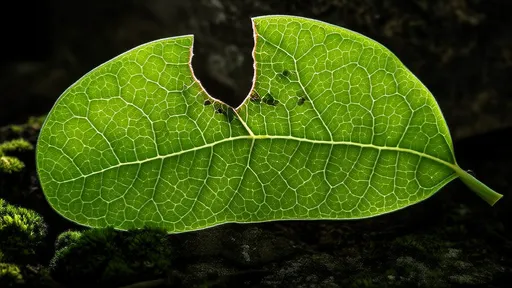
By /Aug 8, 2025

By /Aug 8, 2025
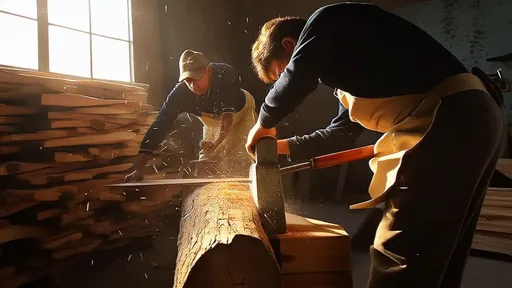
By /Aug 8, 2025